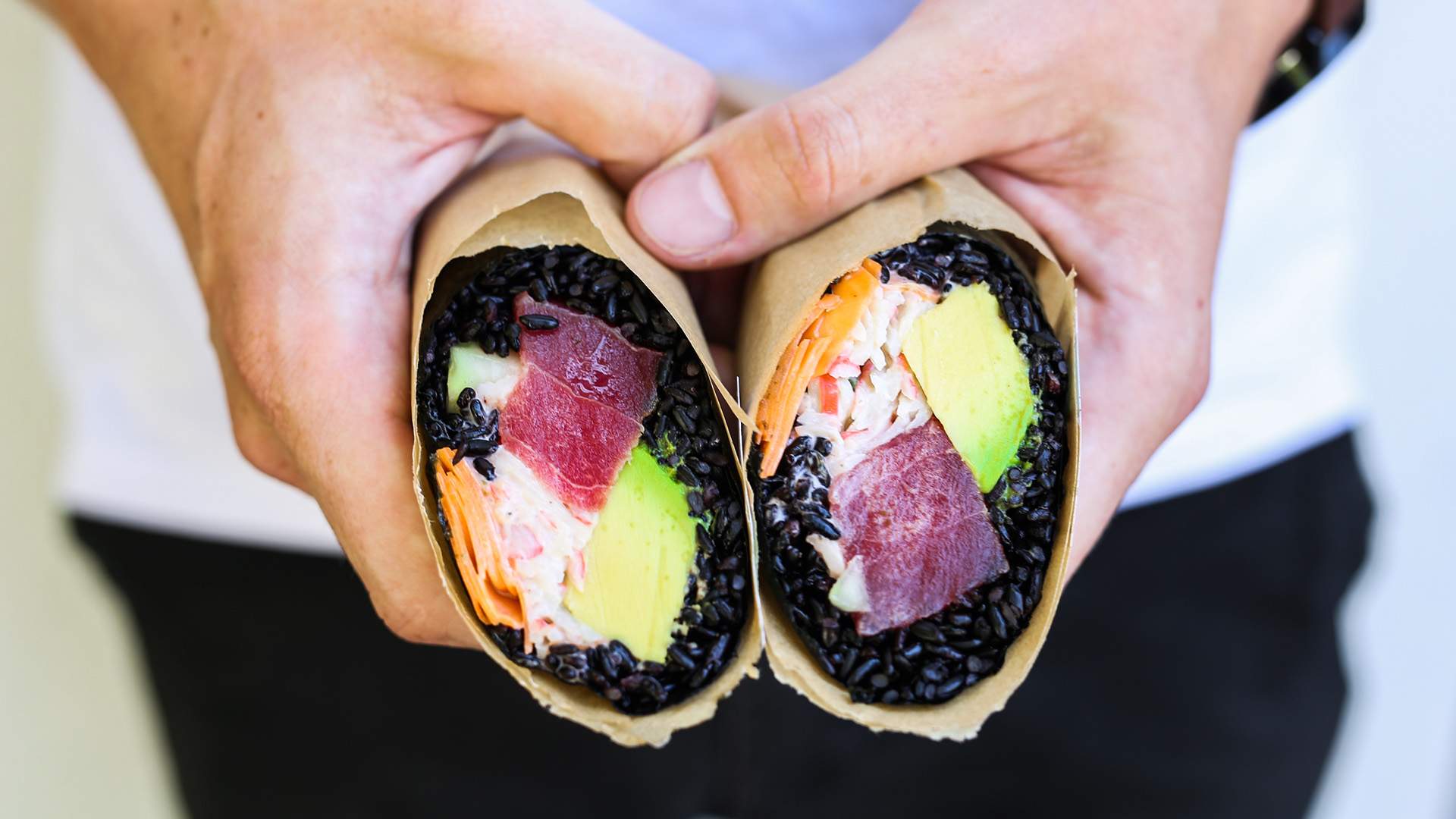Delve into the heart of Japanese culinary traditions with the Ichiju-Sansai feast, a concept that embodies the essence of balance and harmony in a meal. Rooted in centuries-old cultural practices, Ichiju-Sansai is more than just a dining experience; it is a representation of the Japanese approach to mindful eating. Join us as we explore the origins, components, and the emerging food trend that celebrates the Ichiju-Sansai feast.
Origins of Ichiju-Sansai
Traditional Kaiseki Roots
Ichiju-Sansai traces its origins to the traditional multi-course Kaiseki cuisine, which evolved from the Japanese tea ceremony. Kaiseki emphasizes seasonality, artful presentation, and a balance of flavors. Ichiju-Sansai simplifies this concept into a more accessible and everyday form, making it a common practice in Japanese households.
Symbolic Significance
“Ichiju-Sansai” translates to “one soup, three dishes” in English. This format represents a balanced and complete meal, featuring a bowl of soup, a main dish, and two side dishes. Each element contributes to a well-rounded dining experience, showcasing the beauty of simplicity and thoughtful curation.
Components of Ichiju-Sansai
Soup (Ichijiru)
The soup component of Ichiju-Sansai is typically a clear broth-based soup, often seasoned with ingredients like miso, soy sauce, or dashi. It serves as a warm and comforting start to the meal, preparing the palate for the flavors to come.
Main Dish (Shusai)
The main dish is the centerpiece of the Ichiju-Sansai feast. It usually features a protein such as fish, meat, or tofu, prepared in a way that highlights the seasonal and local ingredients. Grilled, simmered, or steamed preparations are common, allowing the natural flavors to shine.
Side Dishes (Sansai)
The two side dishes, or “Sansai,” complement the soup and main dish, adding variety to the meal. These side dishes often consist of vegetables, pickles, or small portions of savory and seasonal preparations. The goal is to offer a diverse range of textures and flavors.
Food Trend: Ichiju-Sansai Revival
While Ichiju-Sansai is deeply rooted in tradition, a contemporary food trend is emerging that celebrates its revival and adaptation to modern lifestyles.
Home-cooked Ichiju-Sansai
One notable aspect of the Ichiju-Sansai trend is its adoption by home cooks who seek a balanced and nutritious approach to daily meals. Embracing Ichiju-Sansai at home allows individuals to incorporate seasonal and local ingredients into their meals while maintaining a sense of mindfulness in eating.
Contemporary Kaiseki Restaurants
Contemporary Kaiseki restaurants are also contributing to the Ichiju-Sansai revival. Some establishments are offering simplified Ichiju-Sansai sets as a more approachable and affordable way for diners to experience the essence of Kaiseki cuisine without the formality of a multi-course meal.
Culinary Education and Workshops
Culinary education and workshops focused on Japanese cuisine are incorporating Ichiju-Sansai principles to teach participants about the art of balance in a meal. These sessions often emphasize the importance of seasonality, presentation, and mindful eating practices.
Where to Experience Ichiju-Sansai
For those interested in experiencing the Ichiju-Sansai feast, various culinary destinations and activities provide opportunities to savor this balanced Japanese meal tradition.
Traditional Kaiseki Restaurants
For an authentic Ichiju-Sansai experience rooted in traditional Kaiseki, consider dining at renowned Kaiseki restaurants. These establishments often showcase the artful presentation and meticulous preparation that define the Kaiseki dining style.
Cooking Classes and Workshops
Participating in cooking classes or workshops focused on Japanese cuisine offers an interactive way to learn about and experience Ichiju-Sansai. In these sessions, participants can gain insights into ingredient selection, cooking techniques, and the principles of balance in Japanese meals.
Home Cooking with Ichiju-Sansai
Embracing the Ichiju-Sansai trend at home is a delightful way to incorporate Japanese culinary traditions into everyday life. By selecting seasonal and local ingredients, individuals can create their own balanced and flavorful Ichiju-Sansai feasts.
Embracing Ichiju-Sansai: A Culinary Journey
In conclusion, the Ichiju-Sansai feast beckons us to embark on a culinary journey that transcends time and tradition. Whether savoring it in a traditional Kaiseki setting, participating in culinary workshops, or bringing the essence of Ichiju-Sansai into our homes, the feast offers a balanced and mindful approach to eating. So, let Ichiju-Sansai be a celebration of harmony on your plate, where every element contributes to a flavorful and holistic dining experience.…






